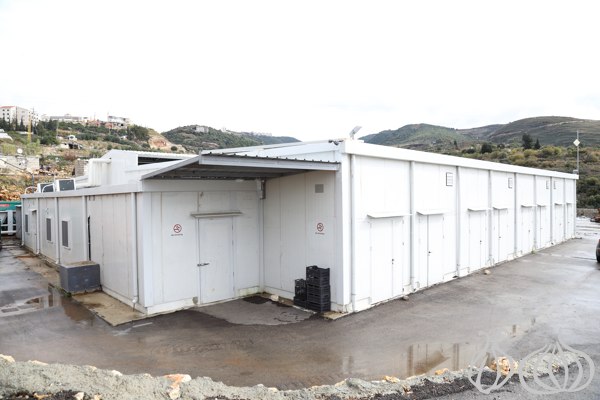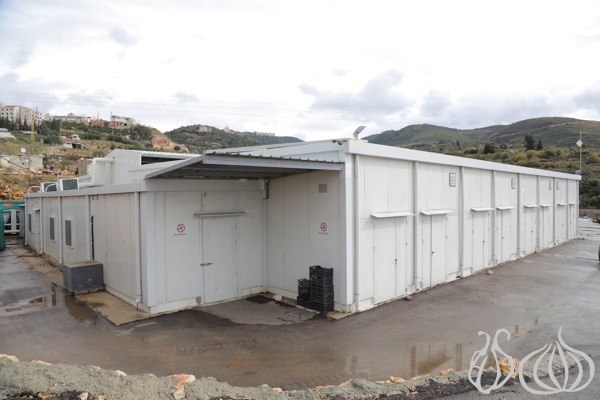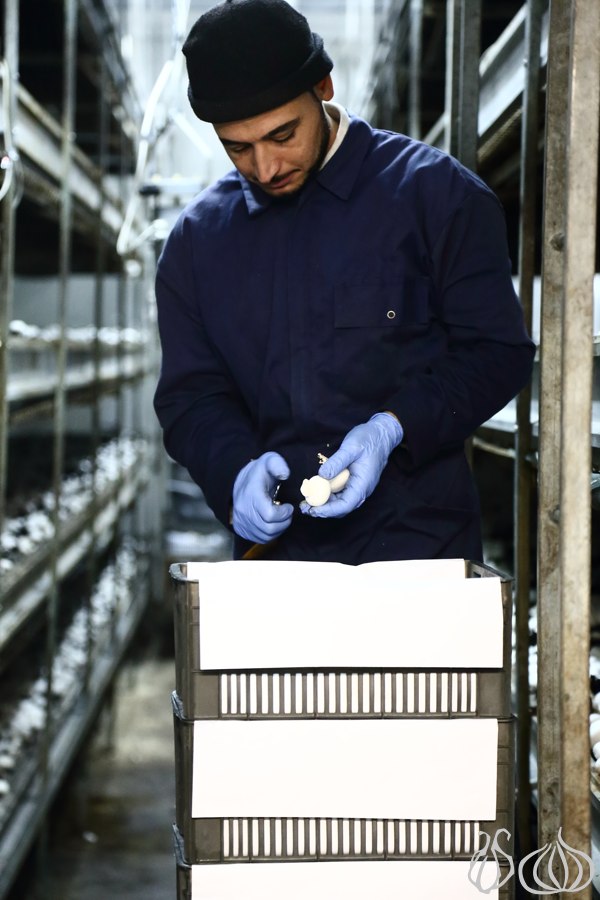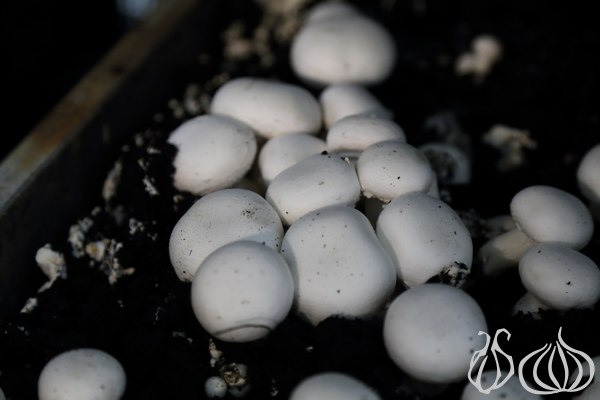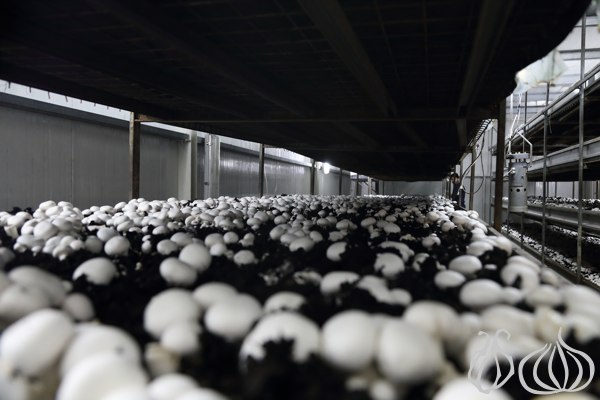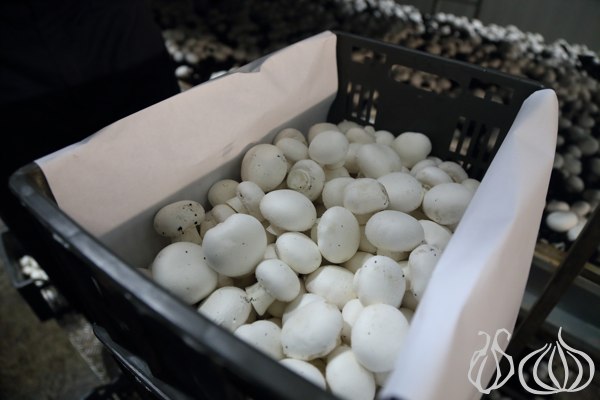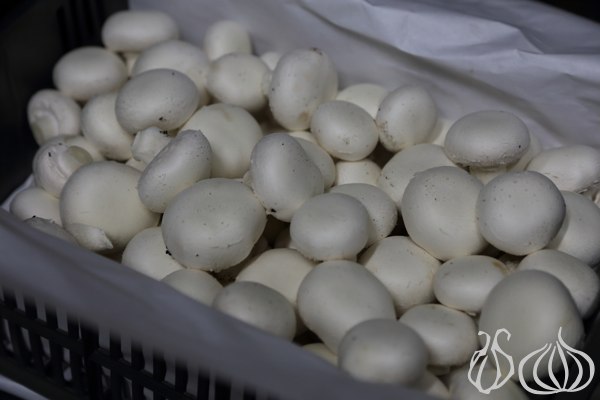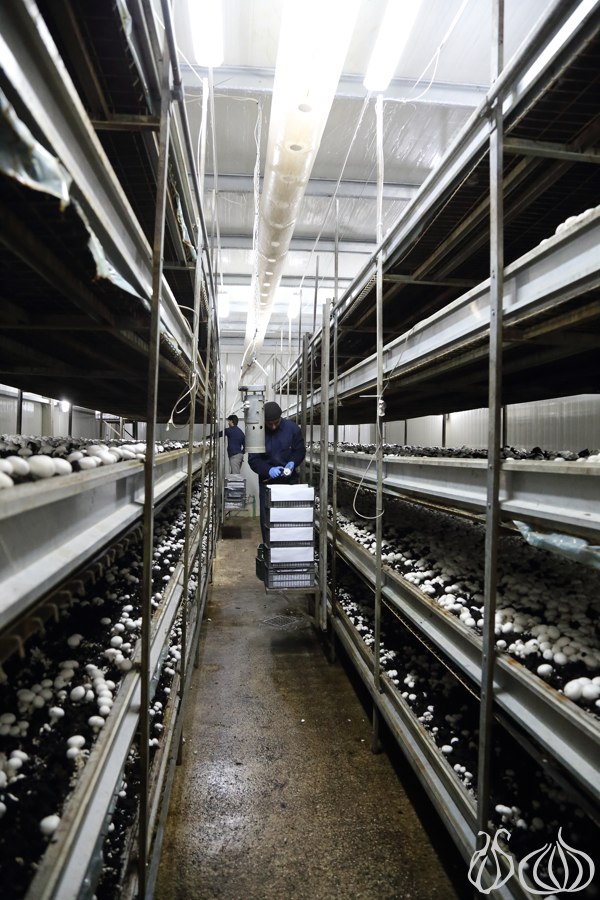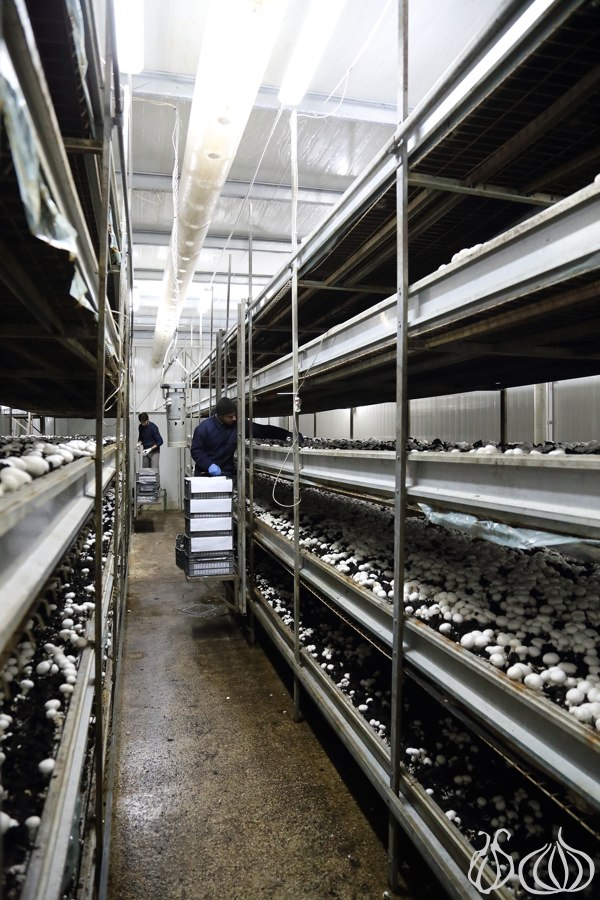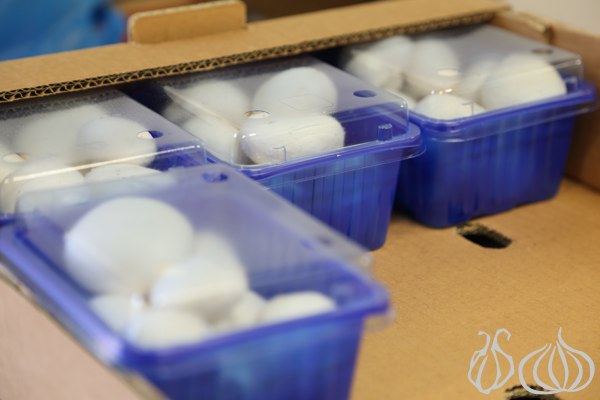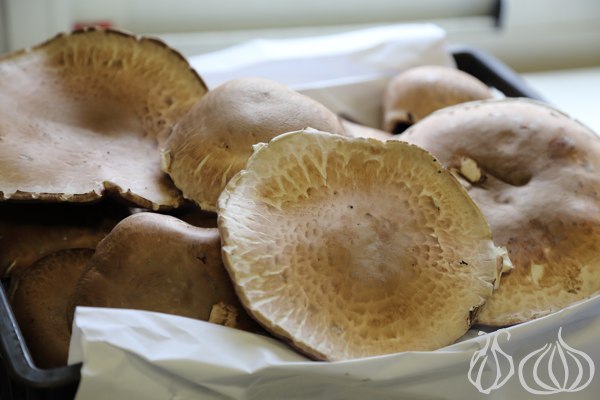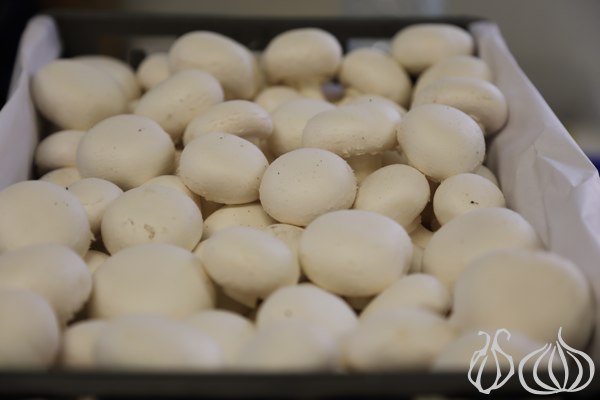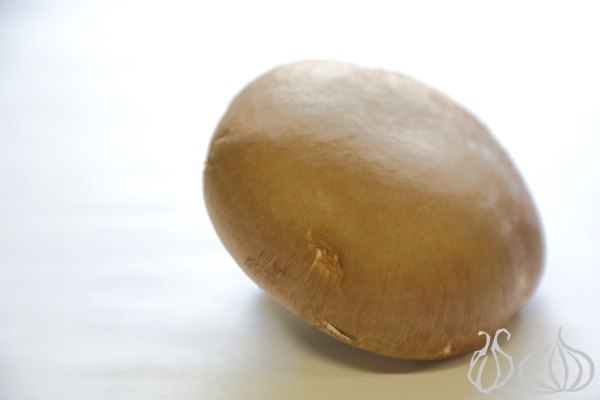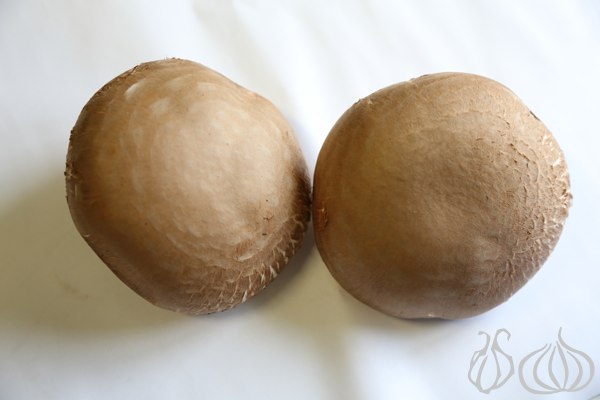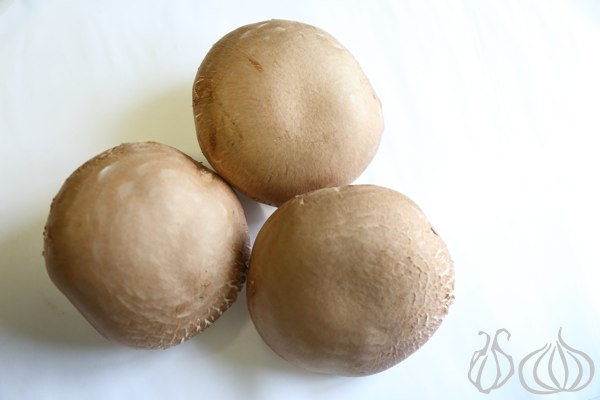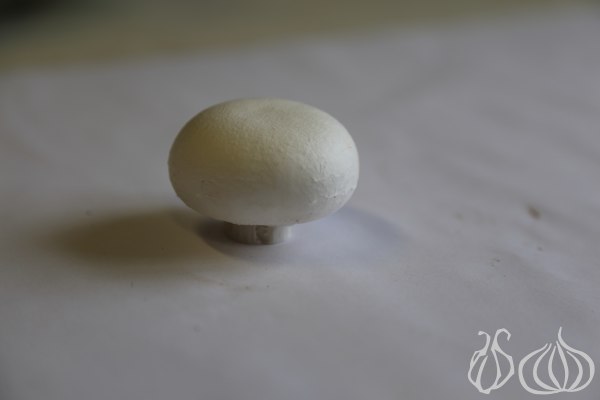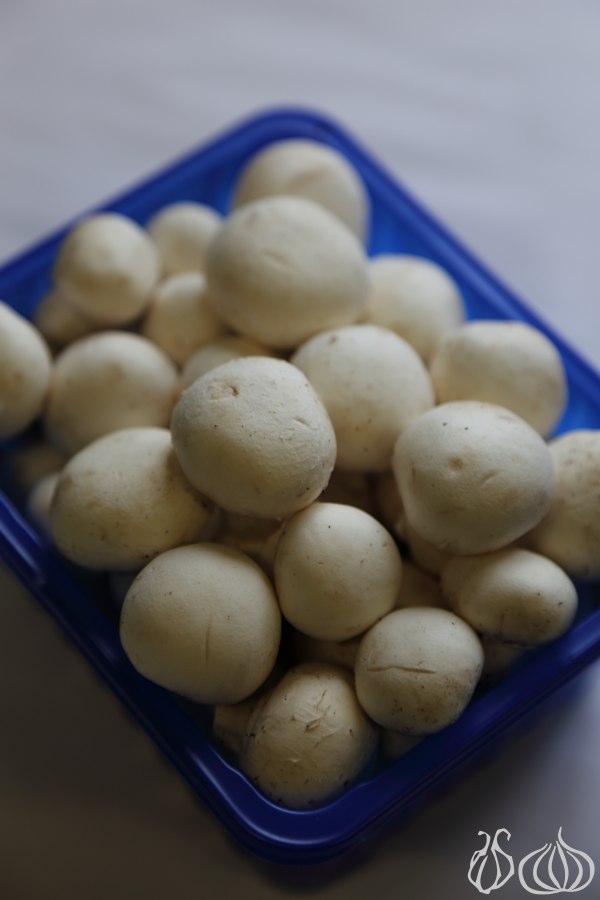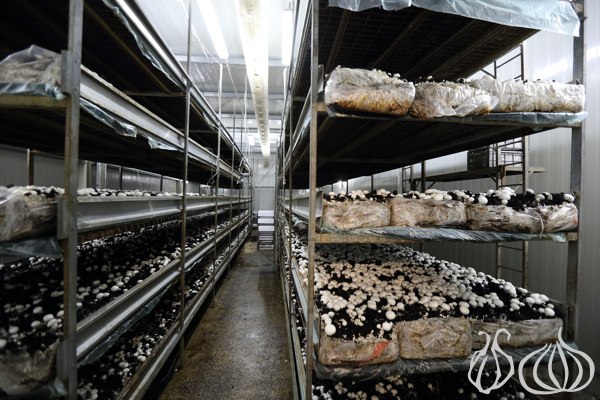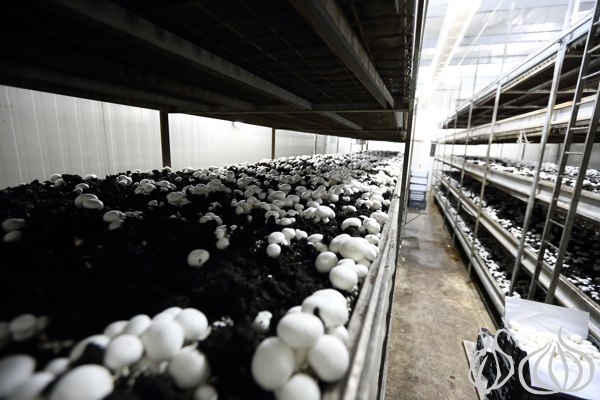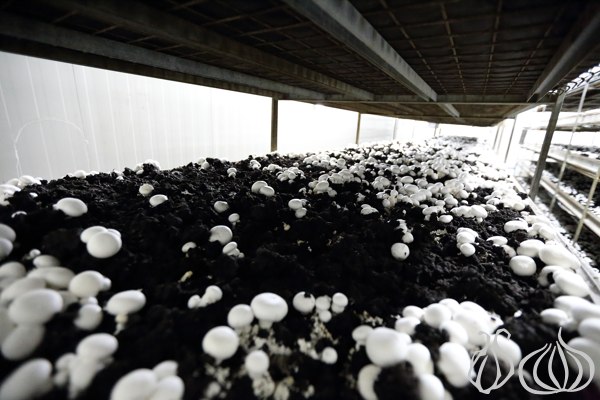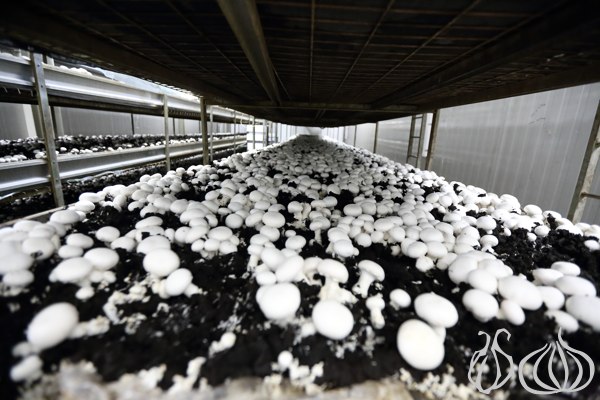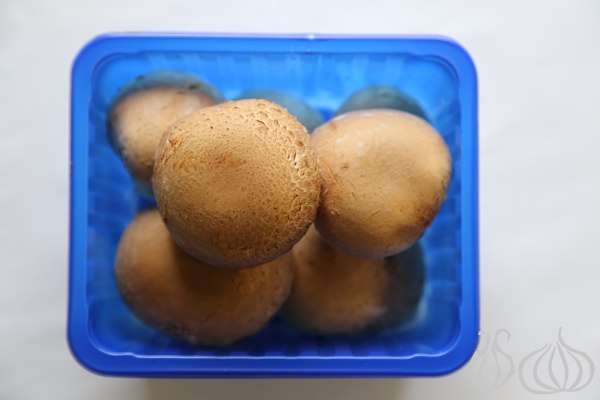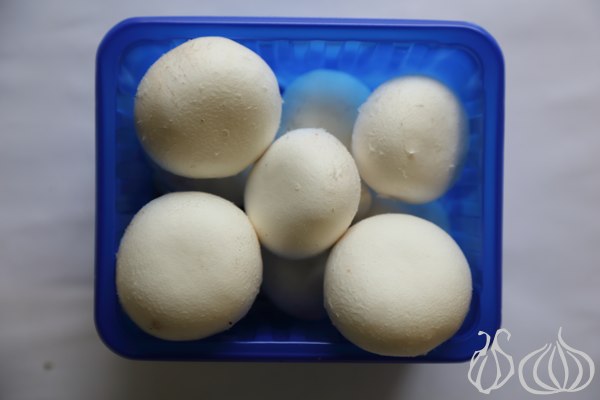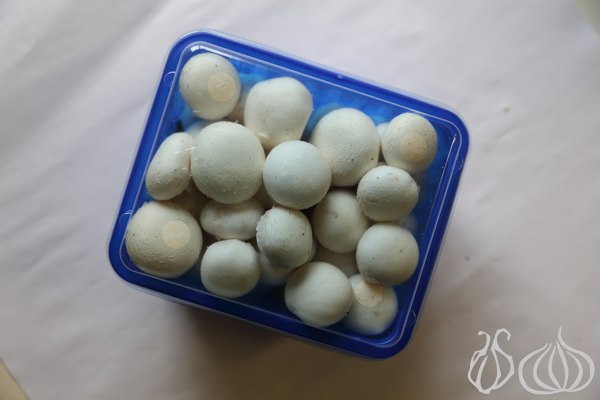Up on the hills of Jbeil, Byblos, Georges Hobeika, has been growing and harvesting mushrooms for the last couple of months. Inside this big hangar, or let's call it a sophisticated modern planting facility, Hobeika takes us on a journey of passion and dedication. To satisfy my curiosity, I asked Georges a hundred questions about the facility and his way of doing it! Watch the video to know more about it
Mushroom farming consists of six steps, and although the divisions are somewhat arbitrary, these steps identify what is needed to form a production system. The six steps of mushroom farming:
- Phase I composting
- Phase II composting
- Spawning
- Casing
- Pinning
- Cropping
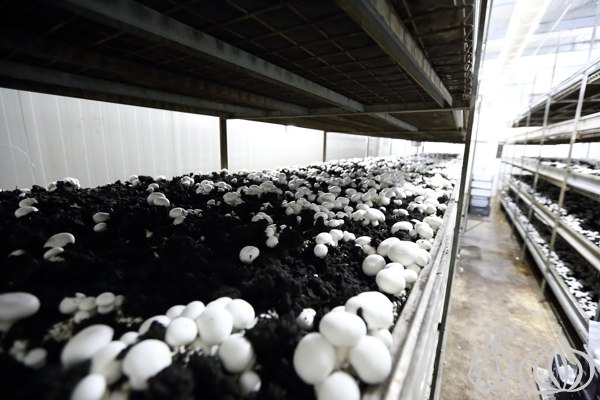
As a mushroom matures, it produces millions of microscopic spores on mushroom gills lining the underside of a mushroom cap. These spores function roughly similar to the seeds of a higher plant. However, growers do not use mushroom spores to ‘seed’ mushroom compost because they germinate unpredictably and therefore, are not reliable. Fortunately, mycelium (thin, thread-like cells) can be propagated vegetatively from germinated spores, allowing spawn makers to multiply the culture for spawn production. Specialized facilities are required to propagate mycelium, so the mushroom mycelium remains pure. Mycelium propagated vegetatively on various grains or agars is known as spawn, and commercial mushroom farmers purchase spawn from companies specializing in its manufacture.
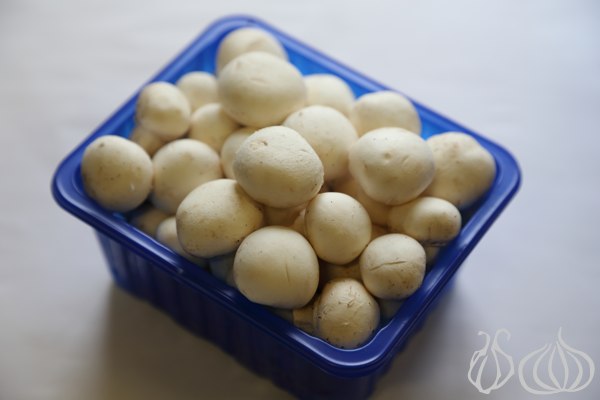
Mushroom initials develop after rhizomorphs have formed in the casing. The initials are extremely small but can be seen as outgrowths on a rhizomorph. Once an initial quadruples in size, the structure is a pin. Pins continue to expand and grow larger through the button stage, and ultimately a button enlarges to a mushroom. Harvestable mushrooms appear 18 to 21 days after casing. Pins develop when the carbon dioxide content of room air is lowered to 0.08 percent or lower, depending on the cultivar, by introducing fresh air into the growing room. Outside air has a carbon dioxide content of about 0.04 percent.

The terms flush, break, or bloom are names given to the repeating 3- to 5-day harvest periods during the cropping cycle; these are followed by a few days when no mushrooms are available to harvest. This cycle repeats itself in a rhythmic fashion, and harvesting can go on as long as mushrooms continue to mature. Most mushroom farmers harvest for 35 to 42 days. Georges offered me few boxes of mushrooms and I went back home to cook them. It was a mushroom pasta night which I enjoyed with Altitude, Ixsir's white wine. For more info, call Georges Hobeika +961 3 222127







































